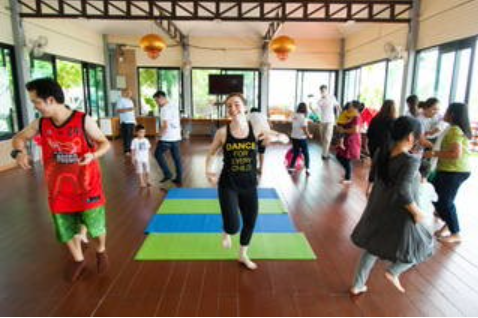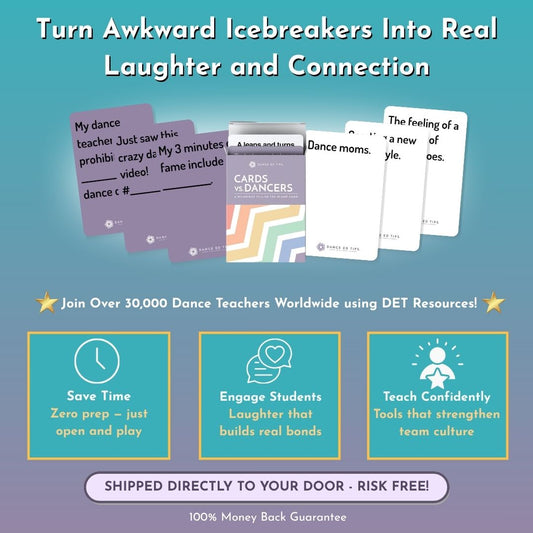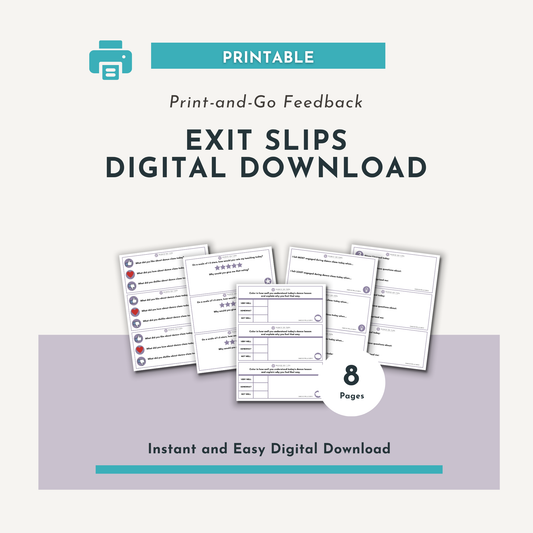By: Jessica Baudin-Griffin
What is BrainDance?
Developed by dance educator, Anne Green Gilbert (M. ED), the BrainDance is based on eight developmental movement patterns human beings will move through in the first year of life via infant reflexes and floor play. These movement patterns integrate the brain and body. BrainDance is an inclusive, adaptable, accessible full body and brain warm-up for students in classrooms and dance studios.

The eight movement patterns of BrainDance include:
Breath- Breath provides our brain and body with the oxygen it needs to fully function and can ease feelings of stress.
Tactile- Touch develops body awareness, sensory integration, and is critical to healthy social-emotional development.
Core-Distal- Body extension and contraction strengthens our connection with core muscles for proper body alignment.
Head-Tail- Head and pelvis movements develop awareness of their relationship and increases spinal mobility, while increasing our visual acuity.
Upper-Lower- Organization of upper and lower body allows them to move independently or in synchronization. Grounding the upper or lower body also promotes emotional stability.
Body Side- Moving body sides, balances the body so that both the right and left sides have equal strength and mobility and supports horizontal eye tracking.
Cross-Lateral- Synchronizing movements of opposite body-sides builds pathways between the right and left side of the brain, supporting body awareness and robust thinking.
Vestibular- The vestibular system helps us analyze the relationship between body parts and their movements in relation to each other and the general space. This develops body awareness, proprioception, balance responses and, processing sensory input.

BrainDance In Various Contexts
Over the years, I have adapted Gilbert’s BrainDance for a wide variety of ages and settings.
The BrainDance is utilized as the warm up section for each Intellidance program for ages 0-5, through rhymes, songs, and thrmes to support automaticity, physical literacy, and language and literacy development.
BrainDance Hokey Pokey: https://www.youtube.com/watch?v=UeIcKjKAfNQ
Jungle BrainDance: https://www.facebook.com/Intellidance/videos/2388725741176550/
While working as a K-6 music specialist, I began each class withBrainDance, using the framework as a kinesthetic way to support different music learning outcomes and concepts.
Rhythm Stick BrainDance: https://www.youtube.com/watch?v=hSGcWs5iSj8
As a studio owner, BrainDance was used as the warm up for all our classes. The BrainDance patterns provide another lens for analyzing and categorizing dance technique. Over the years, our staff created adaptations of BrainDance to support our Ballet, Jazz, and Hip Hop curriculums.
Hip Hop BrainDance Centre Warm Up: https://www.youtube.com/watch?v=9-s-muS_uJs&t=12s

How to Build Your Own BrainDance
- List all Possible Movements
When teaching others how to create their own BrainDance, I advise starting by writing out all the possible movements you want to explore.
If I am creating a technique-based BrainDance, I begin by writing out all the technical skills my students are working on in that genre. E.g. Ballet: pliés, sautés, port de bras, tendus, battements, arabesque, chainé turns, etc.
If I am creating a thematic Braindance, I write down as many different movements that could physically support the theme. E.g. Animals: jump like a frog, arch like a cat swing like a monkey, gallop like a horse, creep like a lizard, walk like a bear, etc.
- Categorize Movements into BrainDance Patterns
With all movement possibilities identified, now categorize the movements into their corresponding BrainDance patterns.
Using the ballet example, plies and sautes support the lower-body pattern, while port de bras focuses on the upper-body. Tendus and battements are body-side movements, while arabesque is cross-lateral. Chainee turns activate the vestibular system.
For the animal theme example, frog jumps are categorized as core-distal, while arching like a cat supports head-tail connection. Swinging money arms address upper-body, while galloping like a horse moves the lowers body. Creeping in prone like a lizard utilizes extension and flexion of body-sides. Walking like a bear reinforces the cross-lateral pattern.
- Create your BrainDance Flow
With all your movements categorized into their corresponding BrainDance pattern, you will now be able to identify any missing patterns. This is where you will want to think creatively about ways to address these patterns in a way that supports your overarching curricular, developmental, or conceptual outcomes.
Using the ballet example, applying the concepts of weight and flow provides opportunities to address patterns not supported by specific technique. Breath can be light and flowing, while legs may remain bound and strong, as dancers bring light touch from head to toe and toe to head, supporting the tactile pattern.
Application of concepts also informs other technique-based patterns, drawing dancers’ awareness to how the elements of dance enhance expressive movement. Port de bras flows lightly, while battements are bond and strong.
For the animal theme BrainDance, emotional intelligence can be addressed through dramatic play. Perhaps we are excited for a trip to zoo, but also feeling a little nervous. We start our adventure by taking some deep breaths to help us release any anxiety so we feel ready to begin. While the children are engaged in imaginative play, we can be planting the seeds of mindfulness practices.
Dance Ed Tips offers a great selection of resources specifically targeted to support the BrainDance method:
Dancing Animal Detectives Unit
Dancing Animal Detectives Camp
Dancing Animal Detective Cards & Games
Additional BrainDance Resources:
Videos/DVDs:
BrainDance DVD, Anne Green Gilbert, 2017, www.creativedance.org
Intellidance® YouTube Channel, Jessica Baudin-Griffin, www.youtube.com/intellidancing
Music:
BrainDance Music by Eric Chappelle, www.creativedance.organd iTunes
Brain Bop by Kate Kuper, available on iTunes or Spotify
Books:
Brain-Compatible Dance Education 2ndEdition. Anne Green Gilbert. Reston, VA: NDA/AAHPERD, 2019. www.creativedance.org
Jessica Baudin-Griffin (B.Ed) is an award winning movement educator from Edmonton, Alberta. In 2006, Jessica founded J'Adore Dance, an award winning, recreational dance studio, where she created more than a dozen original dance programs, including the Intellidance® Method, a series of early childhood in creative dance and music programs for babies to children age 5.
The foundation of the Intellidance® Method is the combination of dance and music concepts, identifying specific vocabulary in dance and music, and developing the understanding of both through the connection between concepts. These connected concepts provide opportunities for children to explore, discover, practice, and create using multiple senses and intelligences. By addressing the possibilities and connections in dance and music, the Intellidance® Method provides an innovative approach to conceptual education and addresses the needs of learners and teachers in the 21stcentury.
Jessica has had the pleasure of training a wide variety of professionals in the Intellidance® Method and is always excited to see the new ways her students are implementing the Intellidance® Method in their professional practices. The Intellidance® Method is currently used in over 30 countries worldwide!
Jessica has worked as K-6 Dance and Music specialist, sat on the committee that developed the K-12 local dance curriculum for Edmonton Public Schools, and is a sessional lecturer at the University of Alberta, teaching The Study of Dance for Young Children. Jessica’s life work is to advocate for dance for every child!





